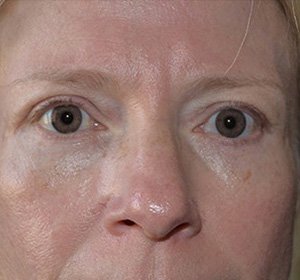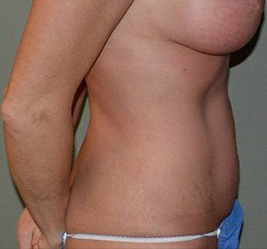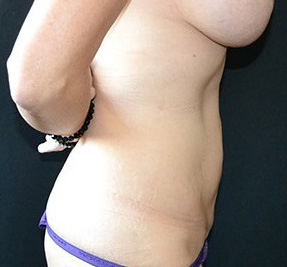Breast reduction has been one of our patients’ most satisfying operations. The operation has received recent media attention since middle sister Alex Dunphy had the operation. If you are considering Breast Reduction Surgery, you’ll want to do your research before proceeding.
Women with large breasts (Macromastia) often complain of:
- Shoulder and back pain
- Infections under the breasts
- Numbness or tingling in their hands and fingers
- Indentations of their shoulders from their bra straps
They may also have trouble with:
- Finding bras that fit and they can exercise in
- Balance issues
- Low Self-esteem
The items in the first list support insurance coverage of the procedure. Yet, insurance companies have been making it difficult to get authorization for the procedure. In my experience, they have been making unreasonable demands for the amount of tissue to remove. Removing too much tissue can cause problems. I refuse to compromise blood flow to the nipple or reduce the breast to an A cup. Insurance Companies may also ask for months of physical therapy to correct shoulder and back pain before surgery. Many have even eliminated Breast Reduction as a covered benefit in their plans. We continue to file for preauthorization for the procedure with letters, photos, and clinical notes. We will continue to try and get approval, but more and more patients are opting to just pay for the surgery themselves. If you are interested in the Cost of Breast Reduction Surgery, you can find Starting Prices for many procedures on our Pricing Page.
The traditional Breast Reduction surgery involves an anchor type incision. The resulting scar is around the nipple areola, comes straight down and then across the bottom of the breast. I have been performing a modification of this operation with much smaller scar since 2005. This technique is called the SPAIR reduction. It involves only a scar that goes around the areola and comes straight down and to the outside of the bottom of the breast. The main advantage of this technique is that the breasts stay up longer and look fuller in the cleavage area. The other advantage is avoiding scars that can be seen on the outside and inside of the breasts. With the traditional technique, you will find the breasts reduced, but they are also droopy and flat after about a year.
The operation is an outpatient procedure and usually requires about a week off work. Drains are no longer used. We keep you in a bra all the time for about 6 weeks after surgery. Pain is usually minimal, the ACE wrap we use after seems to be more uncomfortable than the actual surgery. Risks are generally minor, the most common is a slight wound healing problem for which you may need to do dressing changes. Smokers and the obese are at much higher risk for complications. I recommend stopping smoking for at least 3 months before the procedure and getting your BMI under 30 before considering surgery.
Many studies have shown the beneficial results of Breast Reduction Surgery. Patients, for the most part, get relief of back and shoulder pain following the reduction. The infections underneath disappear. The tingling in the fingers improve and, most important, women feel better about themselves. If you think you are a candidate for Breast Reduction Surgery, give Hilda or Linda a call at 210-499-5900 today and schedule your consultation.






